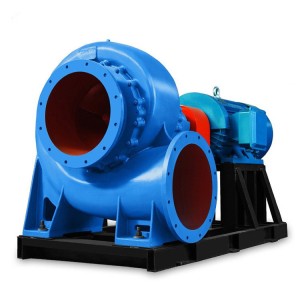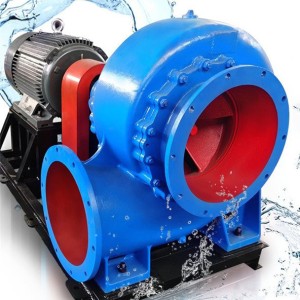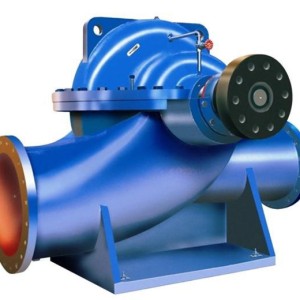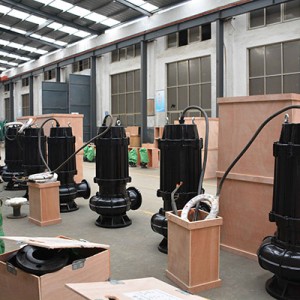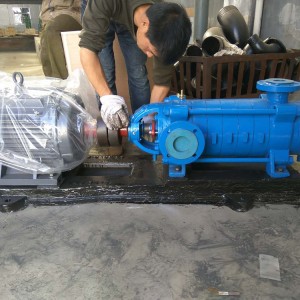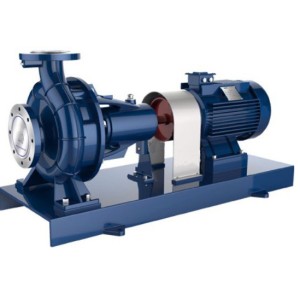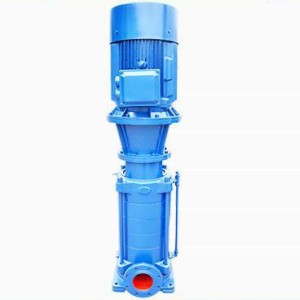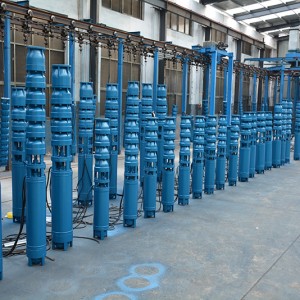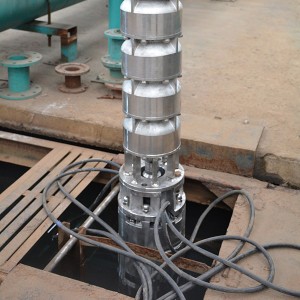Introduction to stainless steel
In layman’s terms, stainless steel is steel that is not easy to rust. In fact, some stainless steels have both rust resistance and acid resistance (corrosion resistance). The rust resistance and corrosion resistance of stainless steel are due to the formation of a chromium-rich oxide film (passivation film) on its surface. This kind of rust resistance and corrosion resistance are relative. Tests have shown that the corrosion resistance of steel in weak media such as the atmosphere and water and oxidizing media such as nitric acid increases with the increase of the chromium water content in the steel. When the chromium content reaches a certain percentage, the corrosion resistance of the steel occurs. Sudden change, that is, from easy to rust to not easy to rust, from not resistant to corrosion. There are many ways to classify stainless steel. According to the organization structure at room temperature, there are martensitic, austenitic, ferritic and duplex stainless steels; according to the main chemical composition, it can be basically divided into two major systems: chromium stainless steel and chromium nickel stainless steel; divided by purpose There are nitric acid-resistant stainless steel, sulfuric acid-resistant stainless steel, seawater-resistant stainless steel, etc. According to the corrosion resistance type, it can be divided into pitting corrosion resistant stainless steel, stress corrosion resistant stainless steel, intergranular corrosion resistant stainless steel, etc.; according to the functional characteristics, it can be divided into none Magnetic stainless steel, free-cutting stainless steel, low-temperature stainless steel, high-strength stainless steel, etc. Because stainless steel has excellent corrosion resistance, formability, compatibility, and toughness in a wide temperature range, it has been widely used in heavy industry, light industry, daily necessities industry, building decoration and other industries. .
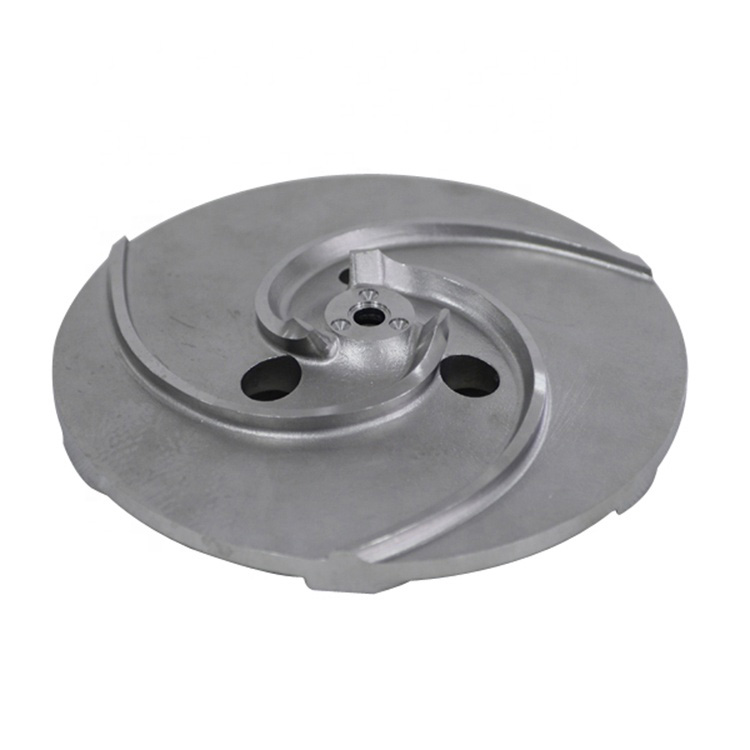
Austenitic stainless steel
Stainless steel with austenitic structure at room temperature. When the steel contains about 18% Cr, 8%-10% Ni, and about 0.1% C, it has a stable austenite structure. Austenitic chromium-nickel stainless steel includes the famous 18Cr-8Ni steel and the high Cr-Ni series steel developed by adding Cr and Ni content and adding Mo, Cu, Si, Nb, Ti and other elements on this basis. Austenitic stainless steel is non-magnetic and has high toughness and plasticity, but its strength is low. It is impossible to strengthen it through phase transformation. It can only be strengthened by cold working. If S, Ca, Se, Te and other elements are added, it has good machinability. In addition to resistance to oxidizing acid media corrosion, this type of steel can also be resistant to corrosion by sulfuric acid, phosphoric acid, formic acid, acetic acid, urea, etc. if it contains elements such as Mo and Cu. If the carbon content in this type of steel is less than 0.03% or contains Ti and Ni, its resistance to intergranular corrosion can be significantly improved. High-silicon austenitic stainless steel with concentrated nitric acid has good corrosion resistance. As austenitic stainless steel has comprehensive and good comprehensive properties, it has been widely used in various industries.
Ferritic stainless steel
The stainless steel whose structure is mainly ferrite in use. The chromium content is between 11% and 30%, and it has a body-centered cubic crystal structure. This kind of steel generally does not contain nickel, and sometimes also contains a small amount of Mo, Ti, Nb and other elements. This kind of steel has the characteristics of large thermal conductivity, small expansion coefficient, good oxidation resistance, and excellent stress corrosion resistance. It is mostly used to make atmospheric resistance. , Water vapor, water and oxidizing acid corroded parts. This type of steel has disadvantages such as poor plasticity, significantly reduced plasticity and corrosion resistance after welding, which limits its application. The application of out-of-furnace refining technology (AOD or VOD) can greatly reduce interstitial elements such as carbon and nitrogen, so this type of steel is widely used.
Austenitic-ferritic duplex stainless steel
It is a stainless steel with austenite and ferrite structure each accounting for about half. In the case of low C content, the Cr content is 18% to 28%, and the Ni content is 3% to 10%. Some steels also contain alloying elements such as Mo, Cu, Si, Nb, Ti, and N. This type of steel has the characteristics of austenitic and ferritic stainless steel. Compared with ferrite, it has higher plasticity and toughness, no room temperature brittleness, and significantly improved intergranular corrosion resistance and welding performance, while still maintaining iron The 475℃ brittleness, high thermal conductivity, and superplasticity of element stainless steel. Compared with austenitic stainless steel, it has high strength and significantly improved resistance to intergranular corrosion and chloride stress corrosion. Duplex stainless steel has excellent pitting corrosion resistance and is also a nickel-saving stainless steel.
Martensitic stainless steel
The stainless steel whose mechanical properties can be adjusted by heat treatment is, in layman’s terms, a kind of hardenable stainless steel. Typical grades are Cr13 type, such as 2Cr13, 3Cr13, 4Cr13, etc. The hardness is higher after pure fire, and different tempering temperatures have different strength and toughness combinations. They are mainly used for steam turbine blades, tableware, and surgical instruments. According to the difference in chemical composition, martensitic stainless steel can be divided into martensitic chromium steel and martensitic chromium-nickel steel. According to the different structure and strengthening mechanism, it can be divided into martensitic stainless steel, martensitic and semi-austenite (or semi-martensitic) precipitation hardening stainless steel and maraging stainless steel.
On behalf of steel grade, chemical composition, mechanical properties at room temperature:
The representative steel numbers of martensitic stainless steel are 1Cr13, 2Cr13, 3Cr13, 4Cr13, etc. The representative steel numbers of ferritic stainless steel are 1Cr17, 1Cr17Ti, 1Cr25, etc. The representative steel numbers of austenitic stainless steel are 1Cr18Ni9Ti, 0Cr18Ni9(304), 00Cr18Ni9Ti(304L), 0Cr17Ni12Mo2(316), 00Cr17Ni14Mo2(316L), 0Cr18Ni11Ti(321), 0Cr18Ni11Nb(347), etc. The representative steel number of duplex stainless steel is 00Cr26Ni7Mo2Ti and so on.
Introduction to FRP
Phenolic FRP is a plastic product with phenolic resin as the base material and glass fiber as the reinforcing material. It can be molded by all the molding processes of FRP. The product is flame-retardant, low-smoke, corrosion-resistant, low-toxic, and high-temperature use. Features, widely used in high-temperature, corrosion-resistant glass fiber reinforced plastic containers, pipes, anti-corrosion linings, air-conditioned train ducts, flame-retardant cable trays, grilles for offshore oil drilling platforms, and surface layers of thermal insulation pipes in petrochemical, light industry, electric power and other industries Maintenance etc.
Post time: 2021-11-30


